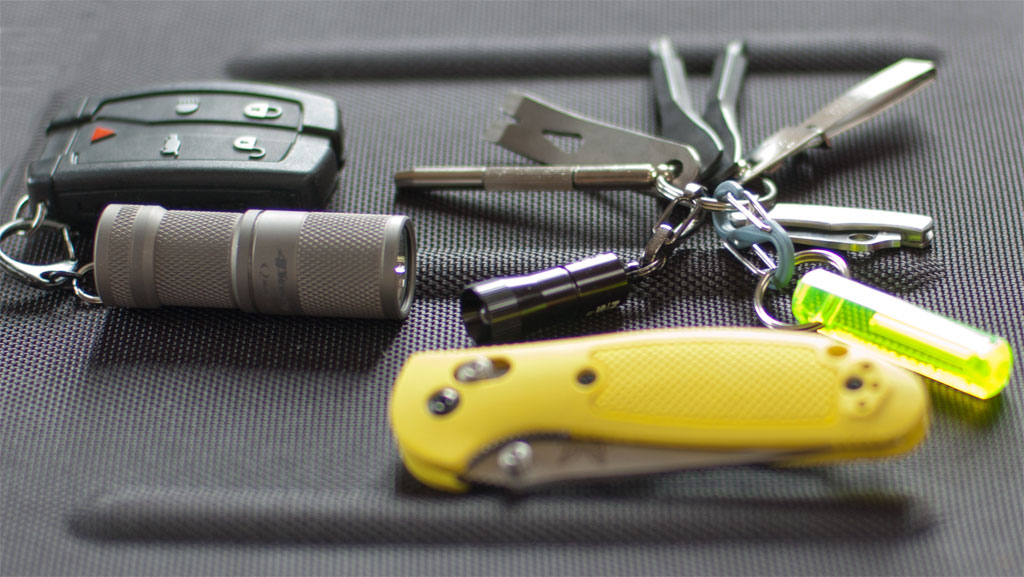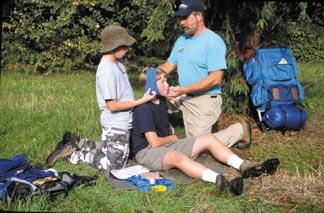By Jeff Yago, P.E., CEM
Winter, 2017
I believe when most people think of being prepared, they immediately think in terms of bug-out bags, stored food and water, guns, and generators. However, there can be less earth-shaking events in our lives when we will need some preparedness help and will be nowhere near our emergency supplies and equipment.
Several years ago, my wife and I were visiting a distant city traveling in our truck when we stopped at a red light in the center of town. As I looked to my left, I could see on the corner one of those ancient wood-floored Woolworth stores that had been converted into an antique store. While waiting for the light to change I looked up the street and saw some type of garden center which would interest her. I suggested that she slide over and take the wheel and aim for the garden center, as I opened my door to head for the antique store. Of course, all of this happened in seconds since traffic was still stopped for the light as I walked across the street and into the store.
Those of you who shop these types of stores know most are divided up into small booths representing many different antique vendors and are usually so full of sale items you can barely walk down the maze of narrow aisles. It was noontime and there were only a few customers browsing as the single store manager held court at his cash register near the front door. I lost track of time as I looked for that rare treasure when I arrived at the extremely wide stairs at the back of the store leading down to the bargain basement. These old stores rarely had an elevator, but their stairs were as wide as a driveway and the sign indicating more booths were downstairs beckoned me to follow.
As I meandered deeper and deeper into the bargain basement maze and further and further away from the stairs, suddenly all the lights went out. Since there were no windows in this below-grade level, to say it was dark does not begin to describe the blackest black in which I now found myself. I ran into walls of booth dividers every direction I turned and tripped in the walkways blocked by those forgotten nick-knacks from our past. Knowing I would never get out of here without some light, I reached for my keyring as I have an LED micro-light attached to every keyring I own. It took me only a fraction of a second to realize my trusty micro-light, attached to my keyring, was hanging from the ignition of my truck as my wife drove around town. No doubt the store manager decided to close for lunch after waiting for the last few customers above to walk out.
If you have ever visited one of those outdoor hedge or corn mazes, you have some idea of how difficult it can be to find your way out. Now imagine doing this in total darkness. With few options left, I swallowed what remained of my dignity and got down on the floor and started crawling along, always turning the same direction at each junction.
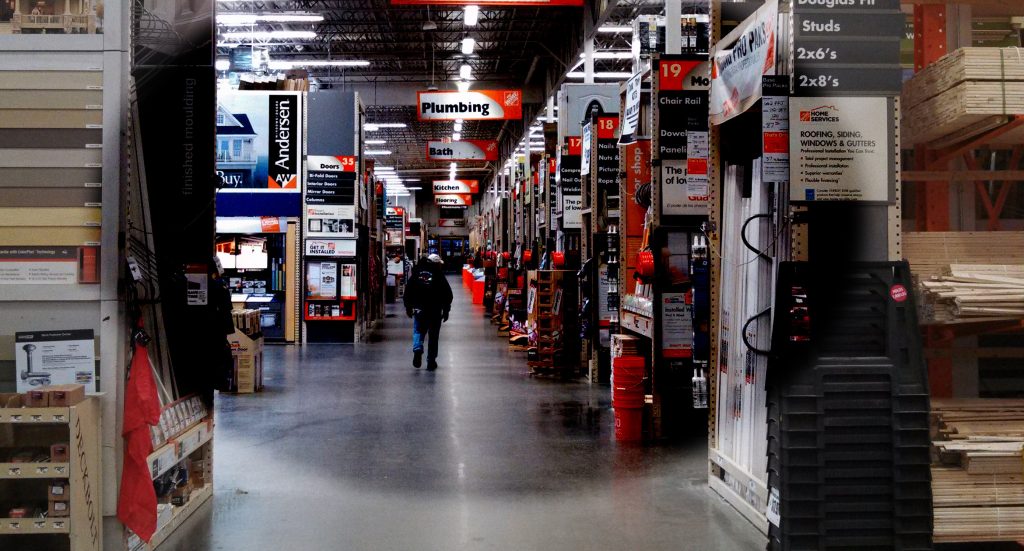
By this method I figured I would constantly enter new pathways and sooner or later find the exit, although at the time I did not realize this method could also risk taking the same circular route over and over. However, I did eventually see a very small area of illumination which got brighter as I weaved back and forth in that direction. Finally arriving at the wide stairs, I started up just as the lights came back on and as I reached the main floor life returned to normal. Waiting customers were entering as the store manager unlocked the door, turned on the lights, and none the wiser as I strolled out the door into the glorious sunshine!
This experience taught me no matter how prepared you think you are; a disaster could strike, and odds are you will be miles away from your well-stocked home, vehicle, or bug-out bag. This means for day-to-day life you need at least a few small emergency preps that fit in your pocket. We are talking about small useful things you can always have with you wherever you go during a “normal” day. Since you can’t prepare for every possible contingency, where you live and where you normally travel each day will have a bearing on the items you should carry.
After my basement near-disaster, I began a quest to find every type of device made that fit on a keyring. What I found bordered on amazing, but some of the more exotic items take a little more searching to find. Since they do not make a key-ring large enough to carry them all, and even if they did it would never fit in your pocket or purse, I suggest selecting only those items that would be the most useful for your specific situation and environment. You may also want to assemble more than one keyring. For example, each keyring could include the same house and car keys, but one set could add those emergency items more suitable for a workday, while another set would be more suitable for leisure activities.
I have included a few larger items that will not fit on a keyring but will still fit in your pocket and could also be very handy in an emergency. The combinations of devices I have assembled on each keyring in these photos are only to indicate what types of key-ring devices are available.
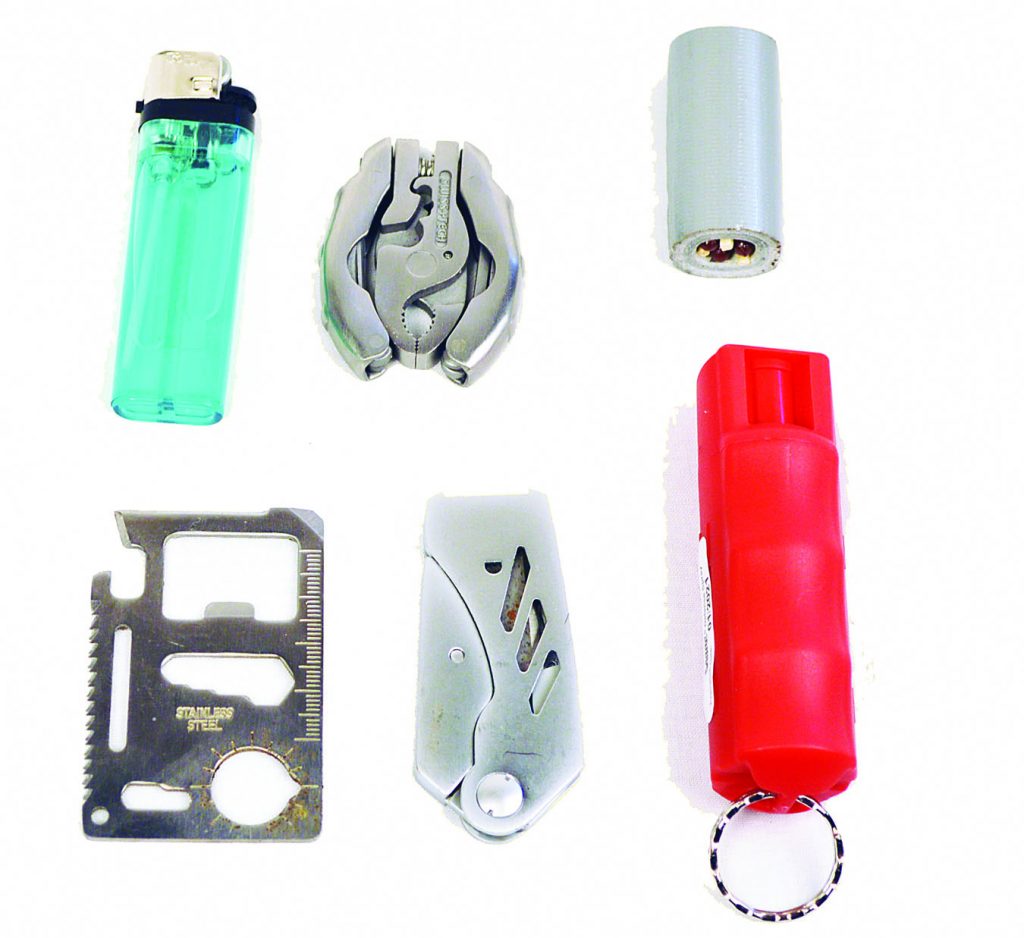
Keyring types and sizes
While it may be normal for maintenance staff to carry huge keyrings with hundreds of keys hanging from their belt, I think for our purpose it’s best to keep the key-ring size reasonable and hidden from view.
Since many of today’s vehicle keys include a remote control, there is little room for anything else, so most people will have a separate keyring to hold all of their other keys. However, there is still room to add an LED micro-light to every set. Keyrings come in all sizes, and some have quick disconnects that allow separating into two smaller key rings. Some larger keyrings are designed with a loop to fit on a belt, but this would allow others to see what you might prefer to keep hidden in your pocket or purse.
Everyday must-haves
There are three items that should be on every keyring you assemble, which means you will need to purchase two or three of each. An LED micro-light is a must have.
While there are many different miniature flashlights, I have found the flat-round LED models about the size of two nickels provide an amazing amount of light, while easily lasting up to a year of illuminating nightly searches for keyholes and navigating dark steps.
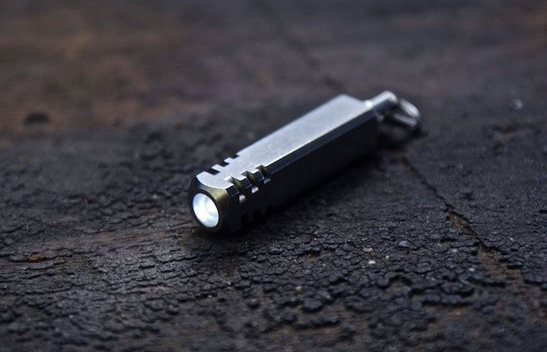
The second must-have device that should be on every keyring is a small knife. For our purpose we want something sharp, small, lightweight, and not a bulky multi-blade Swiss Army knife. The best knife that I have found to meet these requirements is the Gerber folding razor blade knife. Since I am too lazy to sharpen a pocketknife as sharp as a razor blade, I found it’s much easier to just carry a knife that is a razor blade to start with. These never need sharpening since you just change out the very inexpensive blades when needed.
It’s amazing how many times each day you could use a knife but never have one handy. From opening those new vacuum-sealed plastic packages that are next to impossible to open without bolt cutters, to the UPS box that just arrived, everyone needs a small knife.
The third must-have emergency device needed for each of your keyrings is a simple method to start a fire. While I prefer the half-size versions of BIC lighters, a simpler form of fire starter is a magnesium bar, although some skill is required. It’s sad that in today’s more security conscience world with metal detectors in almost every public building, you risk arrest when carrying a knife or lighter. Our grandparents took it for granted to always have matches around, and every kid carried a trusty pocket-knife.
Health and medical
While I am never far from my bottle of Tums, some people may experience a life-threatening medical emergency if they miss taking a pill or nitro tablet. There are several waterproof pill bottles available that fit on a keyring and easily hold a handful of different pills and capsules. Being stranded in a disabled vehicle on a rural road or stalled elevator six floors up are just two possible everyday occurrences that could keep you isolated for hours at a time when stress and a medical emergency could strike.
Security and survival
I have included several key-ring devices that provide security and self-defense which could be a comfort when heading for areas or events that are riskier than you normally encounter. New technology has brought us some small self-defense devices that will fit on a keyring. While pepper spray is normally sold in a larger size can that fits your fist, these are also available in half-sizes that are small enough to fit on a keyring. Although they do not contain the same volume of spray, several now include a more potent disabling chemical along with an invisible ink that shows up under an ultra-violet light and will not wash off.
Miniaturized electronics have also brought us USB memory sticks that can hold thousands of photos and copies of important insurance and medical records as back-up, plus a tiny Geiger counter that fits any key-ring and gives off a loud clicking sound when you are near any radioactive source. I was told these have been given out for free to every government bureaucrat and elected official, so if you did not receive yours, I must assume somebody considers you expendable!
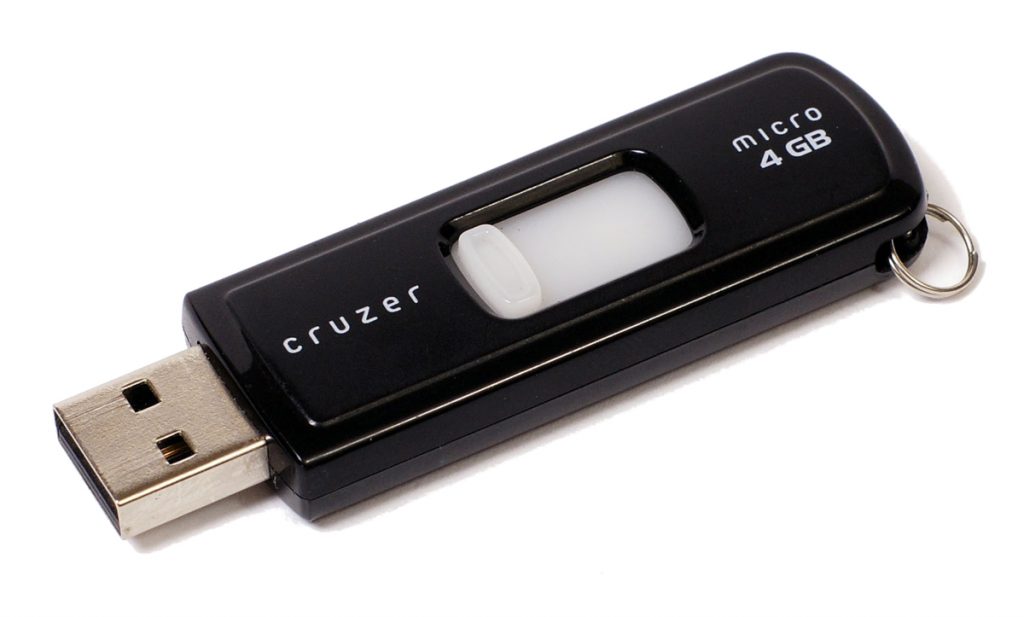
I was concerned that carrying my Geiger counter through airport security may not be a good idea, so I packed it in my checked luggage for a recent flight. While I am not sure what type of scanners airports use these days to examine luggage that could have triggered the sensor, my suitcase clicked loudly as it went around and round the luggage carrousel to the concern of my fellow passengers.
Summary
If you remember the movie, “Castaway”, Tom Hanks found himself on a small isolated island, the only survivor of a plane crash. Just as the plane is going down, he sees his small pocketknife slip out of his pocket and slide sideways across the violently shaking floor of the plane. At multiple times during the remainder of the movie he realizes if he had just saved that knife his survival on the island would have been much easier.
While you probably will not find yourself on a deserted island, there will be many times when having a flashlight, knife, and lighter will be extremely useful. Finally, please remember that having all the emergency supplies in the world will not help if you are nowhere near them when something bad hits the fan, or even if you just find yourself strolling around an old Woolworth store!
Jeff Yago is a licensed professional engineer and certified energy manager with over 40 years of solar and emergency preparedness experience. He has authored numerous magazine articles, and his just released book titled “Lights On” discusses how to live on battery power during a grid-down event and is available from the www.offgridprepper.com website or calling 804-457-9566.


